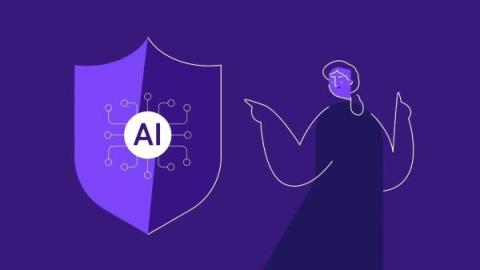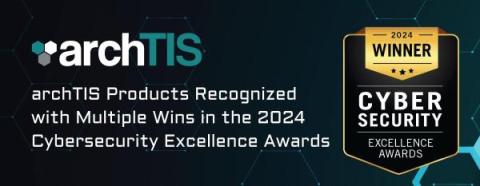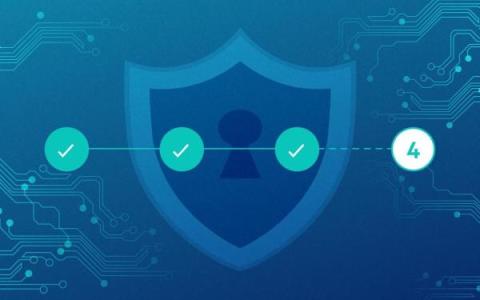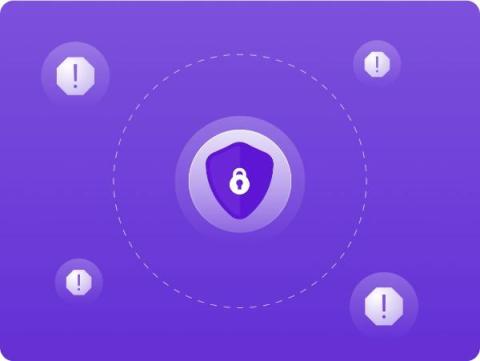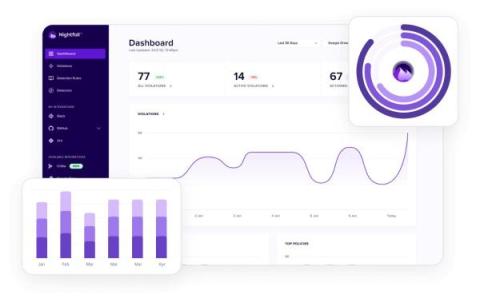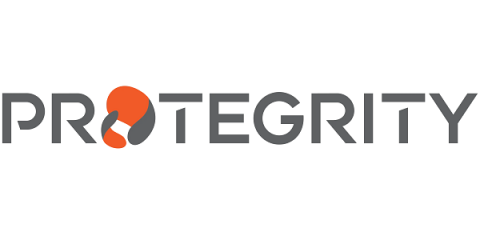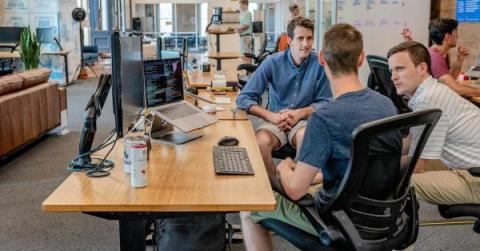Building your own AI app? Here are 3 risks you need to know about-and how to mitigate them.
After the debut of ChatGPT, and the ensuing popularity of AI, many organizations are leveraging large language models (LLMs) to develop new AI-powered apps. Amidst this exciting wave of innovation, it’s essential for security teams, product managers, and developers to ensure that sensitive data doesn’t make its way into these apps during the model-building phase.


